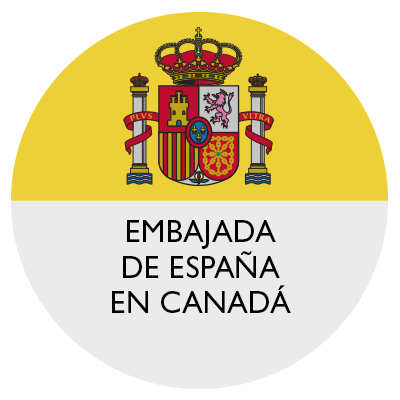The Andalusian Estate
Creator: Consejo Superior de Cámaras Agrícolas
Source:
Mediateca del Ministerio de Agricultura y Pesca, https://www.youtube.com/watch?v=HqggoTIB3K8
Date Created: 1945
Extent: 1 item
Francoism presented its socio-economic policies as the definitive solution to Spain’s longstanding problems. The goal of this rhetoric was to justify the military rebellion of July 1936 on the grounds of the existing disorder and the (false) threat of an imminent revolution. The new regime promised a present of order and a future of progress. Made by the Francoist rural federations (Consejo Superior de Cámaras Agrícolas) in 1945, when the Spanish peasantry was experiencing hunger and desperation, this video presents an idealized vision of a large Andalusian estate as a “castle of peace and work”.
In this context, Francoist propaganda attempted to justify the agrarian counter-reform that had taken place. It was not an easy task. The goal of both the military uprising and the bloody advance of rebel troops through the south of the country was to crush the Republican agrarian reform that seen produced the occupation of more than five million hectares of land that the government had subsequently legalized in the five months before the outbreak of the conflict and the seizure - and frequent socialization - of at least another five million hectares during the war itself.
In addition to soldiers and police, those involved in the annihilation of this peasant movement included many landowners who took command of Falangist columns and other rightwing volunteer units. They occupied villages and after murdering political and union leaders, restored the structure of property ownership that had existed before 1936, and even that from before the start of the Republican reforms in 1932. Extremadura and Western Andalucia, the regions that most suffered this repression, would be the main centres of the regime’s colonization and irrigation initiatives.
The core of Francoism’s rural social reforms was the agrarian colonization carried out by the National Colonization Institute (INC) after it was created in 1939. Over forty years, it settled only some 40,000 families in 30,000 houses located in almost 300 villages and hamlets. About one quarter of these settler were simply agricultural labourers who had small family plots of a hectare and a half.
In reality, the regime was interested only in increasing agricultural production and tying some farmers to the land. The millions of others were superfluous. Colonization helped them, but the bulk of state investments went to the former. The huge irrigation projects, which involved the construction of new dams and canals, were intended to help large landowners, who saw the value of their properties increase thanks to these investments of public money. Large landowners also benefitted from the regime’s policies of high agricultural prices and low wages. Indeed, real agricultural wages did not return to their 1936 level until 1962. For the hungry and repressed masses of agricultural labourers and smallholders, the future was clear: escape misery through migration, either to countries such as France and Germany or to Spain’s large cities.







